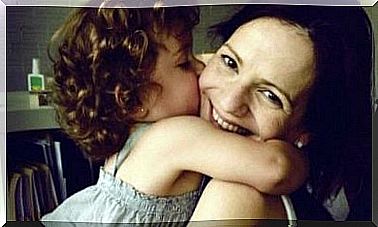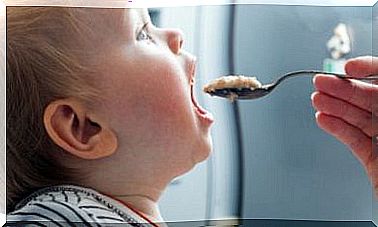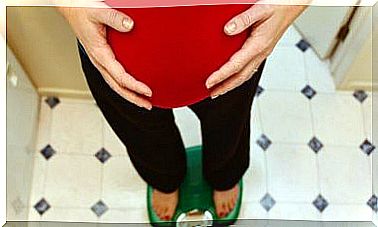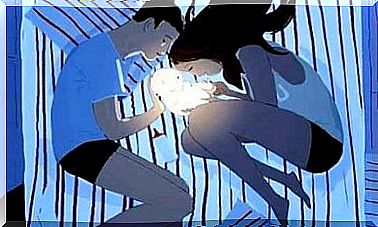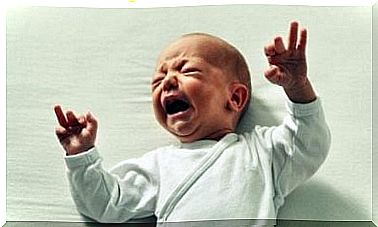Overcorrection As A Means To Change Behavior
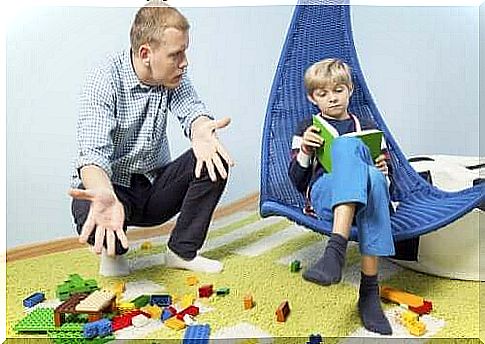
Overcorrection is a way of introducing coherent consequences when children behave inappropriately, as a means of changing behavior.
Raising and educating children is a complex job that requires a great deal of patience. On occasion, it feels as if one has tried everything to reduce the inappropriate behavior of one’s children, to no one’s benefit. In this article, we will take a look at overcorrection, one of the most effective methods when it comes to changing behavior.
Children can play ball inside the house, fight with their siblings, draw on the walls and throw around with their toys. Despite the millions of times you have asked them to stop, it always ends up happening again.
Without a doubt, your level of frustration has caused you to lose control and raise your voice. You can scold them, you can shout at them and you may feel bad about having done it, but… the same behavior comes back again and again.
So, what can you do? Obviously, you have to set boundaries, but it is exhausting to constantly discuss and fight with your children. Do not give up. Overcorrection can be an excellent training tool if you find yourself in this situation. We will help you eliminate negative behavior while, at the same time, training your children to behave properly.

Overcorrection: An operant technique that works
Behaviorism is a branch of psychology that studies behavior in relation to its consequences. According to behaviorism, the frequency at which the behavior occurs will vary according to the consequences that follow that behavior.
If they are positive, the behavior will occur more frequently. Likewise, if the consequences are negative, the behavior will be reduced.
There are two primary ways to achieve this. If you want a particular behavior to occur more often, then you will need to use positive reinforcement. However, if you want to reduce or eliminate the presence of any kind of behavior, then you need to resort to punishment.
Overcorrection falls into the category of punishment techniques. This is because its purpose is to reduce the frequency of unwanted behavior. That said, this technique has several advantages over other techniques in the same category:
- This technique is harmless when it comes to a child’s physical and mental health and integrity. It causes no harm, nor does it exhibit any form of aggression (unequal corporal punishment).
- The introduction of most punishment techniques can cause a child to develop aversion or other negative feelings towards the one who uses the method of punishment. However, when using overcorrection as a means of changing behavior, the chances of this happening are minimal.
- Overcorrection teaches children appropriate behaviors. Therefore, while fighting an unpleasant behavior, one is also instilling positive alternatives.
What is overcorrection?
We know that overcorrection is an operant technique that aims to eliminate negative behaviors. But, how does it work? In this type of behavior change, children perform appropriate behaviors that are directly related to any behavior you want to eliminate.
It occurs in a repetitive or prolonged manner. Furthermore, the performance of the appropriate behavior is dependent on the emergence of the inappropriate behavior.
In other words, for every inappropriate behavior, one has to choose another related behavior that is positive. Each time the inappropriate behavior occurs, the child must perform the desired behavior several times or over an extended period of time.
There are two ways to introduce the overcorrection technique:
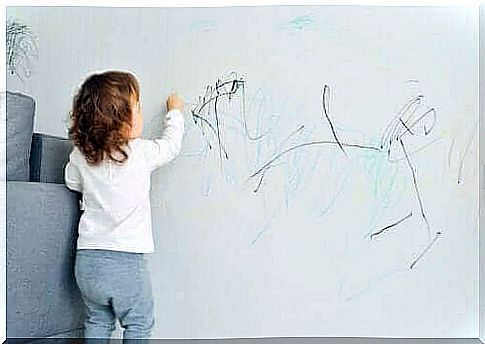
- Compensatory overcorrection. This method applies to those types of behavior that have a disruptive or destructive effect on the environment. For example, if a child draws on the wall or furniture. In this case, the idea is that the child should correct the negative effect of their bad behavior… restore the damage or leave it even better than it was originally. For example, you could ask your child to clean the table he or she drew on, as well as the rest of the furniture in the room.
- Positive practice. In many cases, the behaviors you want to eliminate have no concrete negative effects on the environment. Therefore, you can use this second option. Positive practice consists in having children exhibit behaviors that are incompatible with the one you want to eliminate, several times or for as long as necessary. For example, you could ask your child to practice picking up clothes from the floor and placing them in the laundry basket 10 times.
Logical consequences
As you can see, despite being a punishment, the punitive element is not arbitrary. Instead, it is completely related to the problematic behavior. That way, we teach our children through natural consequences and not through irrelevant punishments.
Restoring the environment or practicing appropriate behavior has a much higher educational value than depriving the child of time in front of the television, for example.
Therefore, you need to have overcorrection in mind when there is a behavior you would like to change. We are sure you will find that it is a highly effective technique for changing behavior.

